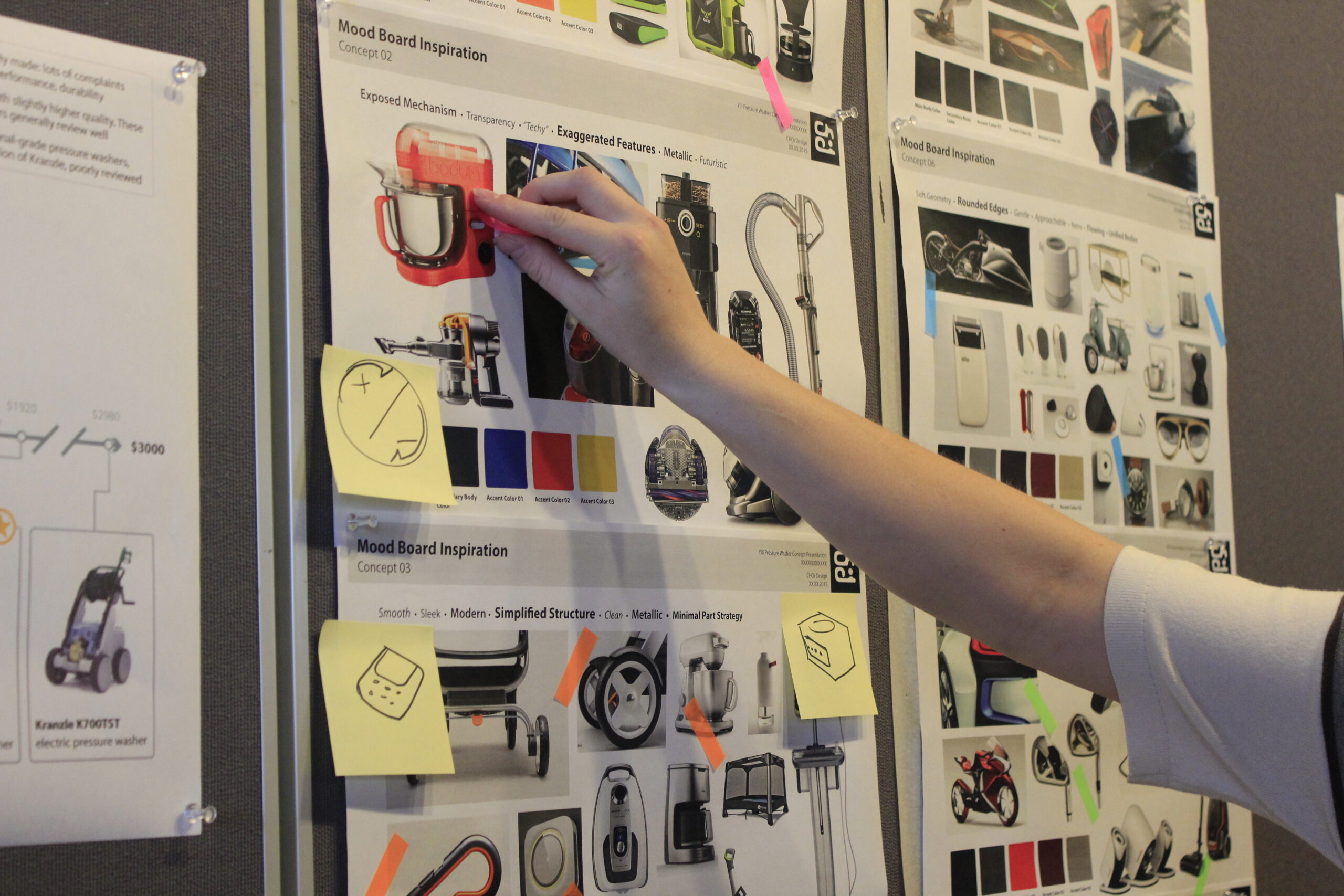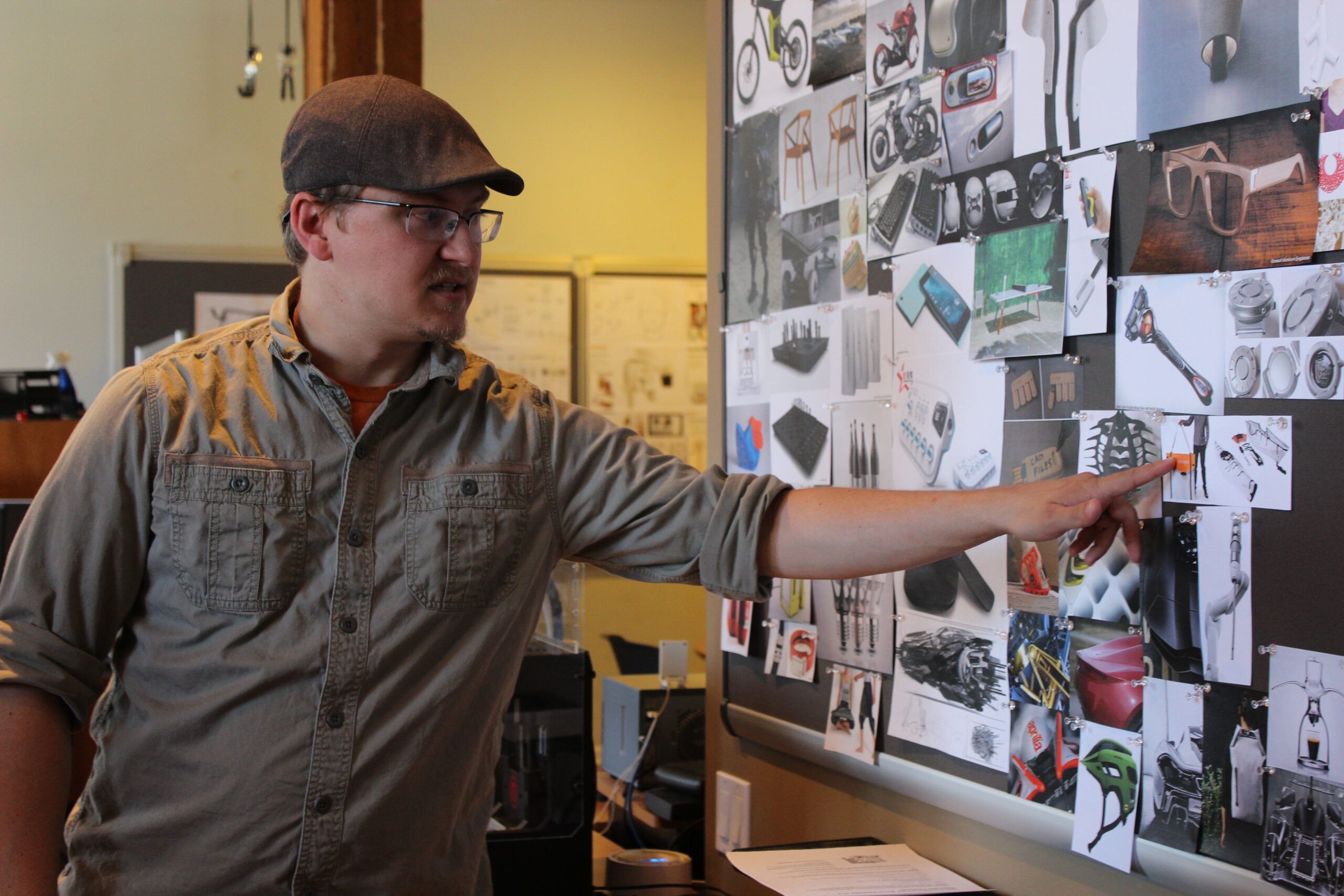Across sectors, businesses are placing a greater emphasis on sustainable practices. Social and environmental practices are being woven into business methods and goals to satisfy the increasing demand for corporate responsibility by governing bodies, consumers, and investors.
According to Simon-Kucher & Partners’ 2021 Global Sustainability Study, 85% of consumers have adjusted their purchasing behaviors to support greener products over the last five years. From Gen Z to Baby Boomers, consumers across generations are willing to pay a higher price for more sustainable products. In fact, nearly 90% of Gen X consumers (compared to 34% two years ago) revealed they’re willing to spend an additional 10% or more on sustainable products.
With this growing shift towards conscious consumerism, organizations must embrace sustainability across their operations – from material sourcing and product design to packaging and distribution.
To achieve eco-friendly product design and meet the expectations of today’s consumers, businesses must implement changes on both a micro and macro level. A good place to start? Selecting the right sustainable materials for your product design.
Sustainability in Materials Selection
In lieu of traditional, linear methods (think: take, make, and throw away), businesses are adopting a circular economy approach to fuel sustainability initiatives. To achieve circularity, organizations must develop systems that are regenerative by design.
According to Forbes, “R&D leaders and product designers should ask themselves questions, such as ‘how will the product be refurbished, repurposed, reused or returned to the earth, and ensure that non-biodegradable packaging materials end up in oceans or a landfill. We can leverage sensors to track which products are causing damage to the atmosphere, and feed that back into the design process for future products to help meet our corporate commitments.”
Every end product – and its materials – possesses an environmental footprint, determined by factors like fabrication, durability, design, and reusability. Because every product is unique and has different requirements, material selection will be based on your business’s individual needs. However, from a sustainability lens, more eco-friendly materials are defined by biodegradability, green production technologies, reduced greenhouse gas emissions, material longevity, recyclability, and a strong circular economy model.
Whether your organization utilizes new materials that are less harmful to the environment or materials are reused and remanufactured to minimize waste, the use of sustainable materials for product design has become more important than ever.
Material Selection Criteria for Sustainable Design
While functionality and cost considerations will always play a role, sustainable material selection is all about minimizing the environmental impact of your product. During the design phase, assess areas like ease of disassembly and modular design.
While working to choose the proper sustainable materials, it’s important to consider how recycling and reusing materials can significantly decrease pollution, energy consumption, and subsequent health risks.
As an organization, you should strive to exercise transparency to bolster trust and credibility among your consumer base. This means factoring in elements like labeling, such as recycling codes, as well as communicating information through Environmental Product Declarations.
As you compare various materials, the following criteria can be used to measure sustainability and potential impact:
- Scarcity of raw materials
- Ease of supply chain and production, including governance
- Cradle-to-cradle or full lifecycle assessment
- Ease of re-use or recycling in new products
- Independent labels and certifications on sustainability
- Ease of disassembly and similar separation techniques
- Overall environmental footprint
Sustainable Materials to Consider in Product Design
There is a wide spectrum of materials to consider that can improve the sustainability of your product design. These materials span everything from alkali metals (i.e. lithium) to plastics (i.e. PET and PLA), transition metals (i.e. steel, titanium, and gold), and post-transition metals (i.e. aluminum).
- PET is a lightweight, 100% recyclable plastic. Unlike other types of plastic, PET is not meant for single use – it’s a highly energy-efficient and versatile material that can be collected and reused.
- PLA has one of the lowest carbon footprints due to its biodegradable properties. Produced from renewable raw materials, the only caveat to utilizing PLA is that it cannot be recycled with other types of plastic, as it possesses a lower melting temperature.
- Steel is the most recycled material in the world, with over 80 million tons recycled annually in North America alone, according to the American Iron and Steel Institute (AISI). It enables a sustainable circular economy due to its ability to be repeatedly recycled without any degradation to its strength. Another fun fact: energy conserved from recycling steel is enough to power nearly 18 million households annually.
- Aluminum can also be recycled indefinitely without losing its quality or original properties. Nearly 75% of all aluminum ever produced is still in use today – making it a popular, energy-efficient, and cost-effective material choice.
Socially Conscious and Environmentally Responsible Product Design
When factoring sustainable materials into your product design, remember to take the entire lifecycle of your product into consideration – from production to distribution to consumer consumption. Your organization should analyze how a product can be recycled or dismantled and repurposed to create future products.
While an initial investment in sustainable product design may be necessary, the long-term benefits are undeniable – cost savings, waste reduction, a healthier planet, and a wider (and loyal) consumer base to drive profitability.
At CHOI Design, we embrace circular economy practices to help organizations build sustainable product designs. Discover how our team of experts can help your business adopt socially conscious and environmentally-friendly product design by contacting us today.




